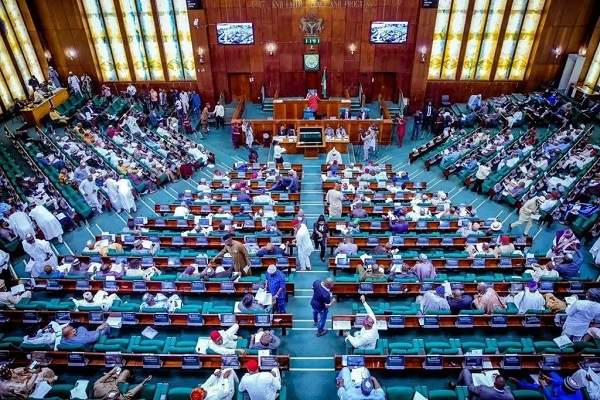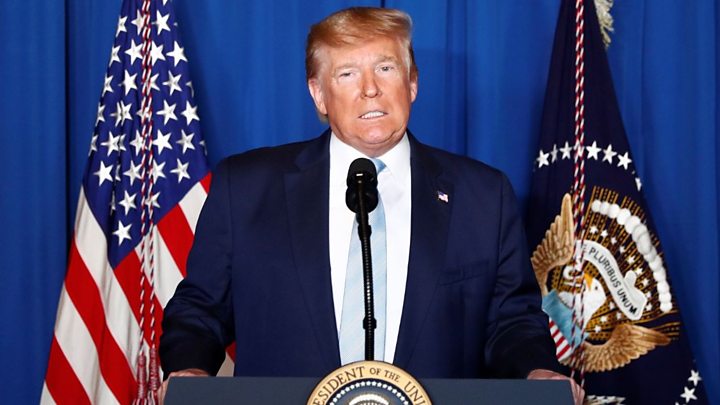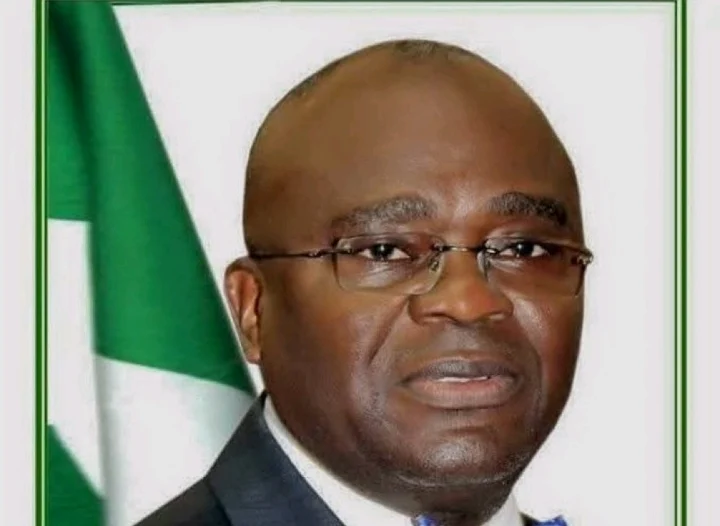…As May to face cabinet, after Varadkar stands firm on Brexit backstop***
Thousands of people in the United States will exercise their franchise in the midterm elections on Tuesday, which is seen as a litmus test for Donald Trump`s near two-year-old presidency so far.
Voting will be held in all 435 seats of the House of Representatives, 35 Senate seats and 39 governorships.
The midterm polls are held every four years.
They are generally held in the halfway stage of the US President`s four-year term, Al Jazeera reported.
Polling will open in Vermont at 5 AM (local time).
Several other states on the East Coast will begin voting between 6 AM (local time) and 7 AM (local time).
Polling places will remain open for 12 hours.
In the House of Representatives, members serve two-year terms. The Senate has 100 seats and each member serves a six-year term.
However, only 35 seats are up for grabs.
The mid-term polls are considered as a referendum on Trump`s divisive policies that has taken the world by storm.
Trump`s Republican Party currently holds 235 seats in the House of Representatives, while the Democratic Party has 193 seats.
The Democrats need to win 23 seats to control the House.
In the Senate, the Republicans hold a slim majority – 51:49, as per the report.
Traditionally, the ruling party of the US President loses seats in the midterm polls, while the opposition parties gain hold of seats.
Various opinion polls have suggested the Republicans holding on to the Senate and the Democrats` chance to snatch a majority in the House of Representatives.
Both Trump and his predecessor Barack Obama have crisscrossed the country for massive rallies, with both the leaders indulging themselves in political mudslinging.
This year`s midterm elections are centred on immigration, jobs and healthcare facilities.
While the Democrats blame Trump for his trade conflicts with other countries, which has impacted jobs in the country, the Republicans are pinpointing the Democrats for its hand behind the migrant caravan that is heading for the US from Central America.
In the meantime, Theresa May is to face her cabinet at a critical point in the Brexit negotiations after the Irish premier told her he could not allow the UK to dictate the terms of any backstop.
Amid intense concern over whether it will be possible to agree a deal, the British prime minister will update colleagues after Leo Varadkar rejected the idea that the UK could unilaterally call time on the Irish border backstop, shortly after a morning phone call between the two leaders.
May needs to secure the backing of her cabinet on Tuesday over the issue, which No 10 sources indicated was the sole remaining sticking point in Brexit talks that need to be concluded by the end of the month.
Varadkar’s office released a statement shortly after May had called him on Monday morning, which said that while Ireland was open to the possibility of “a review mechanism” for the backstop, “the outcome of any such review could not involve a unilateral decision to end the backstop”.
The prime minister rang her opposite number after it emerged that Brexit secretary Dominic Raab had alarmed the Irish last week by demanding in a “robust meeting” with the country’s foreign minister, Simon Coveney, that any backstop last only for three months.
In an indication of the febrile atmosphere surrounding the talks, sources close to Raab were forced to respond on Monday to Westminster rumours by saying that the Brexit secretary had no intention of resigning over the duration of the backstop.
Prior to speaking to May, Varadkar had warned that a three-month backstop was worthless: “As a government we’re working very hard to get an agreement, ideally by the end of the year but one thing we can’t countenance is any idea that there’d be a three-month limit on the backstop, a backstop with a three-month limit on it or an expiry date on it of that nature isn’t worth the paper it’s written on.”
Half an hour after the Irish statement, Downing Street confirmed the call had taken place “to take stock of the progress being made in the negotiations”. But the No 10 statement did not refer to the Irish concerns about unilateralism. A spokesman said the British and Irish leaders had agreed the backstop would be “a temporary arrangement”, and that May had emphasised that there would need to be “a mechanism through which the backstop could be brought to an end”.
A backstop is deemed necessary to ensure there is no return to a hard border in Ireland, if the UK and the EU are unable to secure a long-term free trade deal after the end of the Brexit transition period in 2020. It involves some or all of the UK remaining in the customs union until agreement is reached.
However, several cabinet members are concerned that the backstop arrangements could be used by the EU to put pressure on the UK after April when detailed free trade negotiations begin – and that the Britain could effectively be left in a long-term limbo, still in the customs union without any say in decision-making.
It is not clear how far they will voice concerns to May at the cabinet meeting on Tuesday. “I think up to half the cabinet have talked about the importance of the UK being able to end the backstop, but I don’t know how many will raise that specifically at the meeting,” one cabinet source said.
May promoted two loyal MPs on Tuesday following the resignation of Tracey Crouch as sports minister – Mims Davies now has that role, and Nigel Adams takes up her old post as Wales minister.
No 10 argued the British and Irish statements demonstrated that progress had been made, with the Irish signalling they were willing to discuss a review or mechanism for ending the backstop in principle. But Downing Street would not discuss its details, saying only that the UK was “seeking a mechanism” by which it could be ended.
Coveney confirmed that Raab did ask the Irish for a three-month limit on the backstop when they met in London last week. “It was discussed, it was dismissed and made very clear that it was not a runner,” a spokesman for the foreign minister said, adding that the two men had a “robust discussion.”
Raab declined to comment, although the minister has previously made clear that there needs to be finality to any backstop arrangements agreed.
EU officials believe there needs to be “decisive progress” by the weekend for Donald Tusk, the European council president, to be able to announce a summit for the end of November. Without such a development, sources suggested the only viable option would be to leave the deal until the leaders’ summit in Brussels on 13 December.
UK officials, however, suggested a summit could be called with a week’s notice, and were indicating that they believed one could be held in the week beginning 26 November, just before May and other leaders fly out on 29 November for the G20 in Argentina.
There appears to be a softening on the EU side toward an all-UK customs union, which would replace the idea of a Northern Ireland-specific arrangement that has been repeatedly rejected by May and the UK government. But it would require an acceptance by Downing Street that it would in effect be a permanent arrangement, officials indicated.
EU diplomats and officials recognise that the UK wants a breakthrough this week but there is deep scepticism in Brussels that it will be possible to find common ground on the most difficult areas in the next few days.
British sources said that talks on the future economic partnership – the future trade deal – were as advanced as they could be without resolving the question of the backstop, which was expected to form a key part of the withdrawal agreement, the legally enforceable conditions by which the UK leaves the EU next March.
Cabinet members were shown a 15-page-long draft at a meeting two weeks ago, which one person said was sufficiently broadly drafted that it could be interpreted as abandoning the Chequers insistence on the UK signing up to a common rulebook for food and goods that is hated by the Tory right. No 10 denied that Chequers has been dropped.
Zee News with additional report from Guardian UK





















